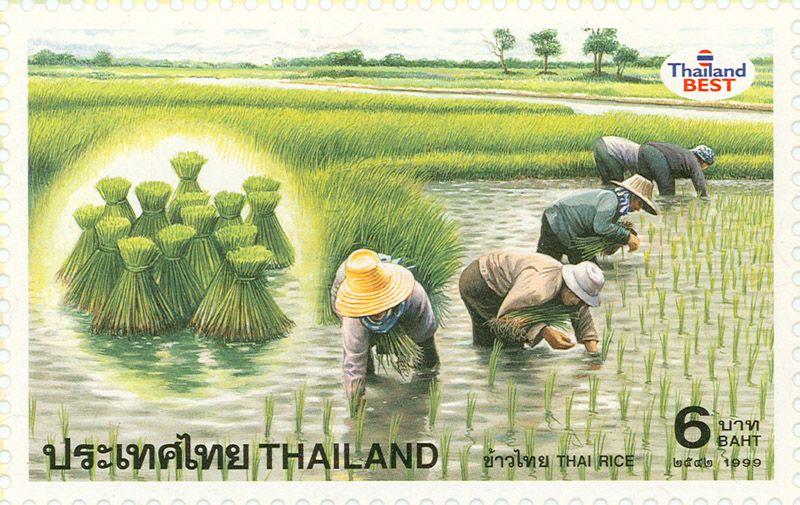Most literature on birds and rice (Oryza sativa) focuses on the non-growing period and little is known about the influence of management practices during cultivation. A review found that the main factors affecting species composition and abundance in rice fields during the growing season were water level, flooding period, rice plant structure and size, and pesticide use. Highest bird density and diversity occurred at intermediate water levels (10–20 cm). Early flooding and late drying favored waterbird density and diversity, and the stopover of migrating species. Taller plants, at higher densities, reduced prey availability to most waterbirds but favored smaller species. Pesticides and herbicides have been shown to be toxic to birds and reduce food resources.
A case study is presented for the Ebro delta, Spain. Three management schemes were compared: organic, agri-environmental and conventional. Bird density, biomass and diversity throughout the growing and non-growing seasons were determined in three consecutive years. Bird biomass, density and diversity averaged higher in the organic rice fields, but only biomass was significantly different. The higher biomass reflects the presence of a higher biomass of prey items (fish, invertebrates and macrophytes) in the organic rice fields, likely due to the lack of pesticides. Further research should focus on a quantitative assessment of the effects of specific management practices.
Source:
Carles Ibáñez, Antoni Curcó, Xavier Riera, Ignasi Ripoll and Cristina Sánchez.
Waterbirds 33(sp1):167-180. 2010
doi: http://dx.doi.org/10.1675/063.033.s113
http://www.bioone.org/doi/abs/10.1675/063.033.s113

- Log in to post comments
